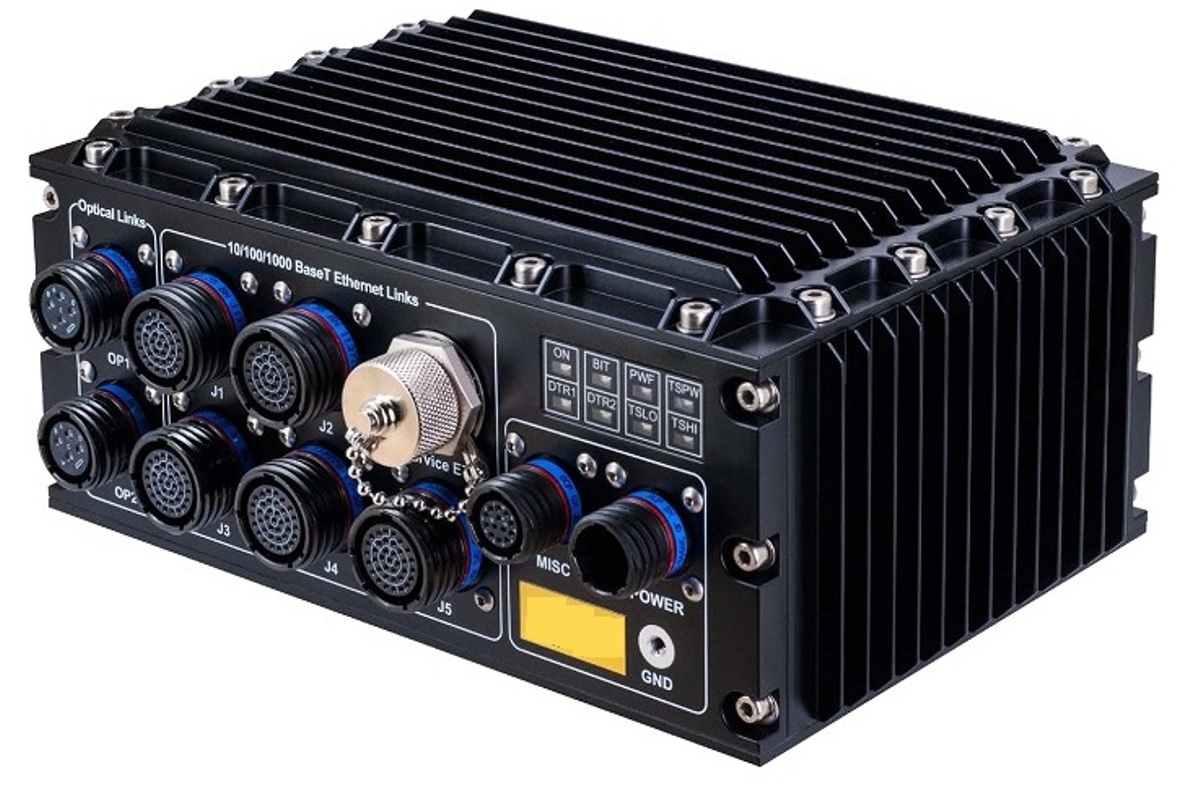
The global market for rheumatoid arthritis treatments is expected to grow at a CAGR of...
Learn More
Our consulting solutions address company specific challenges with respect to micro environment...
Learn More
Organizations frequently need day-today research guidancein order to gain strategic...
Learn More
Exploring different areas of market research and market analysis is a key factor...
Learn MoreAcute Market Reports presents the most extensive global business research services across industries. Our research studies focus on potential outcomes, benefits, and risks associated with each market segment across geographies. Having served our global clients for more than 10 years, our prime priority is to enable our clients in making well-informed business decisions through a data-driven, analytical, and uncomplicated research approach.
We provide access to the world's most comprehensive, analytical, and updated business intelligence services and solutions.




The Small Outline Transistor (SOT) Package Market is a rapidly growing segment of the semiconductor packaging industry. The SOT package is a type of surface-mount package that is widely used for packaging small-sized discrete semiconductor devices, s...
Read More
The military embedded systems market is expected to grow at a CAGR of 6.8% during the forecast period of 2025 to 2033, driven by technological advancements, modernization initiatives, and security requirements, leading to increased demand for advance...
Read More
The AI studio market is expected to grow at a strong CAGR of 40.2% during the forecast period of 2025 to 2033, driven by the increasing adoption of artificial intelligence (AI) across various industries. AI studios provide platforms and tools for dev...
Read More




